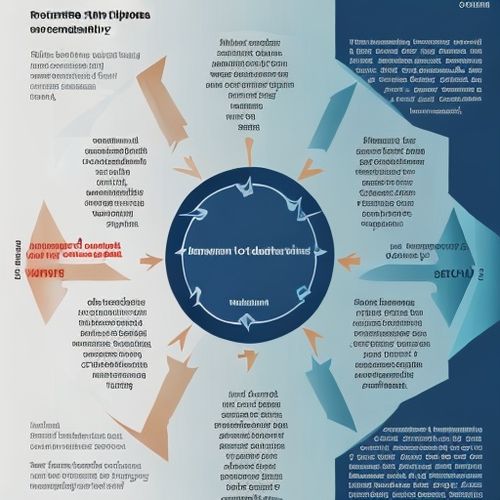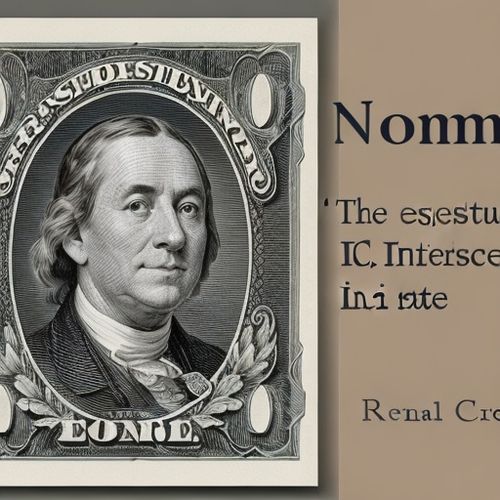The world of investing is often portrayed as a rational arena where cool-headed analysts crunch numbers and make calculated decisions. Yet beneath the surface of spreadsheets and financial models lies a far more unpredictable force: the human mind. Behavioral finance has revealed how deeply our psychology influences investment choices, often in ways that defy traditional economic theories. These mental shortcuts and emotional responses – while evolutionarily useful – can wreak havoc on portfolios when left unchecked.
The illusion of control leads many investors to overestimate their ability to predict market movements. This manifests in excessive trading as investors convince themselves they can time the market or spot patterns in random fluctuations. Research consistently shows that the more frequently individuals trade, the worse their returns tend to be after accounting for transaction costs. Yet the dopamine hit from placing trades and the false sense of mastery keep this destructive cycle spinning.
Loss aversion, one of the most well-documented biases, explains why the pain of losing $1000 feels about twice as intense as the pleasure from gaining the same amount. This leads to the disposition effect – holding losing positions too long while quickly selling winners. Investors become reluctant to realize losses, waiting for a rebound that may never come, while simultaneously denying themselves the full benefit of their successful picks.
Herding behavior represents another dangerous tendency. When markets become volatile, the fear of missing out or the terror of being left behind overwhelms independent analysis. Investors pile into trending assets at peak prices or panic-sell during corrections, effectively buying high and selling low. Social proof and narrative contagion amplify these movements as compelling stories about "this time being different" override historical perspective.
Confirmation bias acts as an invisible filter on financial information. Investors selectively focus on data supporting their existing positions while dismissing contradictory evidence. This creates echo chambers where bullish investors only consume optimistic analysis and bears exclusively seek out doom-and-gloom forecasts. The result is entrenched positions that fail to adapt to changing fundamentals.
The narrative fallacy causes investors to construct overly simplistic stories around complex market movements. Our brains crave coherent explanations, leading us to attribute random price changes to specific news events or to perceive nonexistent patterns. This storytelling instinct makes markets appear more predictable than they truly are, fostering misplaced confidence in investment theses.
Mental accounting represents another subtle distortion. Investors frequently treat money differently based on arbitrary categories rather than seeing it as fungible. They might take excessive risks with "house money" – gains from previous investments – while being overly conservative with their original capital. This compartmentalization leads to inconsistent risk-taking that rarely serves long-term objectives.
Recency bias weights recent events more heavily than those further in the past. After a market rally, investors assume the upward trend will continue indefinitely. Following a crash, many become convinced perpetual decline has set in. This shortsightedness causes both irrational exuberance at market tops and excessive pessimism at bottoms – the exact opposite of what successful investing requires.
Overconfidence represents perhaps the most universal and damaging bias. The vast majority of investors rate their skills as above average – a statistical impossibility. This inflated self-assessment leads to underestimating risks, overestimating returns, and failing to properly diversify. The more confident investors become in their stock-picking abilities, the more vulnerable they tend to be to devastating losses.
Present bias explains why investors struggle with long-term thinking. The immediate gratification of spending today often outweighs the abstract benefits of saving for decades hence. Even when investors do save, they frequently prioritize flashy short-term plays over boring but reliable compounding strategies that build genuine wealth over time.
Status quo bias creates inertia in portfolios. Investors tend to stick with familiar investments or default options even when better alternatives exist. This explains why many hold underperforming assets or maintain inappropriate asset allocations for years without rebalancing. The psychological discomfort of change frequently overrides financial logic.
Understanding these biases represents only half the battle. The true challenge lies in developing systems to counteract them. Successful investors establish rules-based approaches that remove emotion from decision-making. They automate savings, create rebalancing schedules, and set predetermined criteria for both buying and selling. Perhaps most importantly, they cultivate self-awareness about their own psychological vulnerabilities.
The markets serve as a relentless mirror, reflecting back our cognitive flaws with financial consequences. While we cannot eliminate our hardwired biases, recognizing their influence allows for more disciplined, profitable investing. In the end, mastering behavioral finance may matter more than any stock pick or market forecast. The most important investment any of us can make is in understanding our own minds.

By Noah Bell/Apr 10, 2025

By Victoria Gonzalez/Apr 10, 2025

By John Smith/Apr 10, 2025

By Sarah Davis/Apr 10, 2025

By James Moore/Apr 10, 2025

By John Smith/Apr 10, 2025

By Ryan Martin/Apr 10, 2025

By Benjamin Evans/Apr 10, 2025

By Emma Thompson/Apr 10, 2025

By Megan Clark/Apr 10, 2025

By Thomas Roberts/Apr 10, 2025

By Noah Bell/Apr 10, 2025

By George Bailey/Apr 10, 2025

By Daniel Scott/Apr 10, 2025

By Benjamin Evans/Apr 10, 2025

By Amanda Phillips/Apr 10, 2025

By Sophia Lewis/Apr 10, 2025